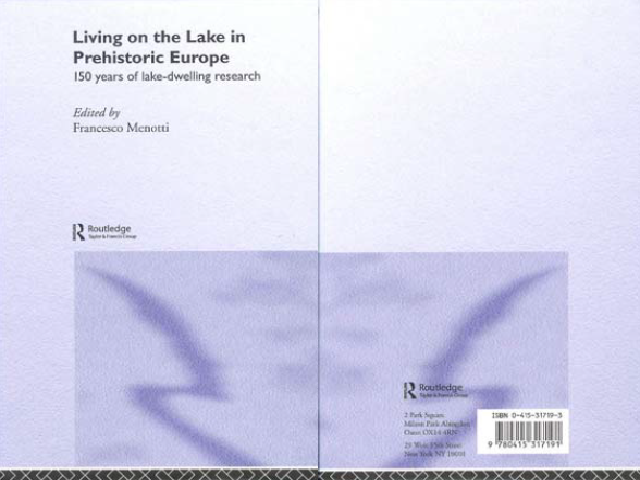Menotti, F. Ed. 2004. Living on the lake in prehistoric Europe. 150 years of lake–dwelling research. – London/New York, Routledge
Abstract
In 1854, due to a harsh winter followed by an unusually dry summer, the level of Lake Zurich dropped. This revealed the remains of several ancient lakeside villages. Although some of them were already known by local people, they were never officially reported to the authorities. In 1854 however, Johannes Aeppli, a school teacher, discovered the remains of such a lakeside village at Ober–Meilen. He reported them, and by doing so, triggered a debate that would have enormous implications on wetland archaeological studies. The first report was published by the end of 1854 by Ferdinand Keller: ‘Die keltischen pfahlbauten in den Schweizerseen’.
By the end of the century, hundreds of Neolithic and Bronze Age sites had been discovered across Europe. They were all interpreted according to Keller’s theory, as being built on stilts and platforms above the water. It was only in the beginning of the 20th century that a few scholars started to question this theory. They advanced the idea that the lake villages had in fact been constructed on dry ground near the lakeside. Several years of heated academic disputes followed. Read more...
Downloads




